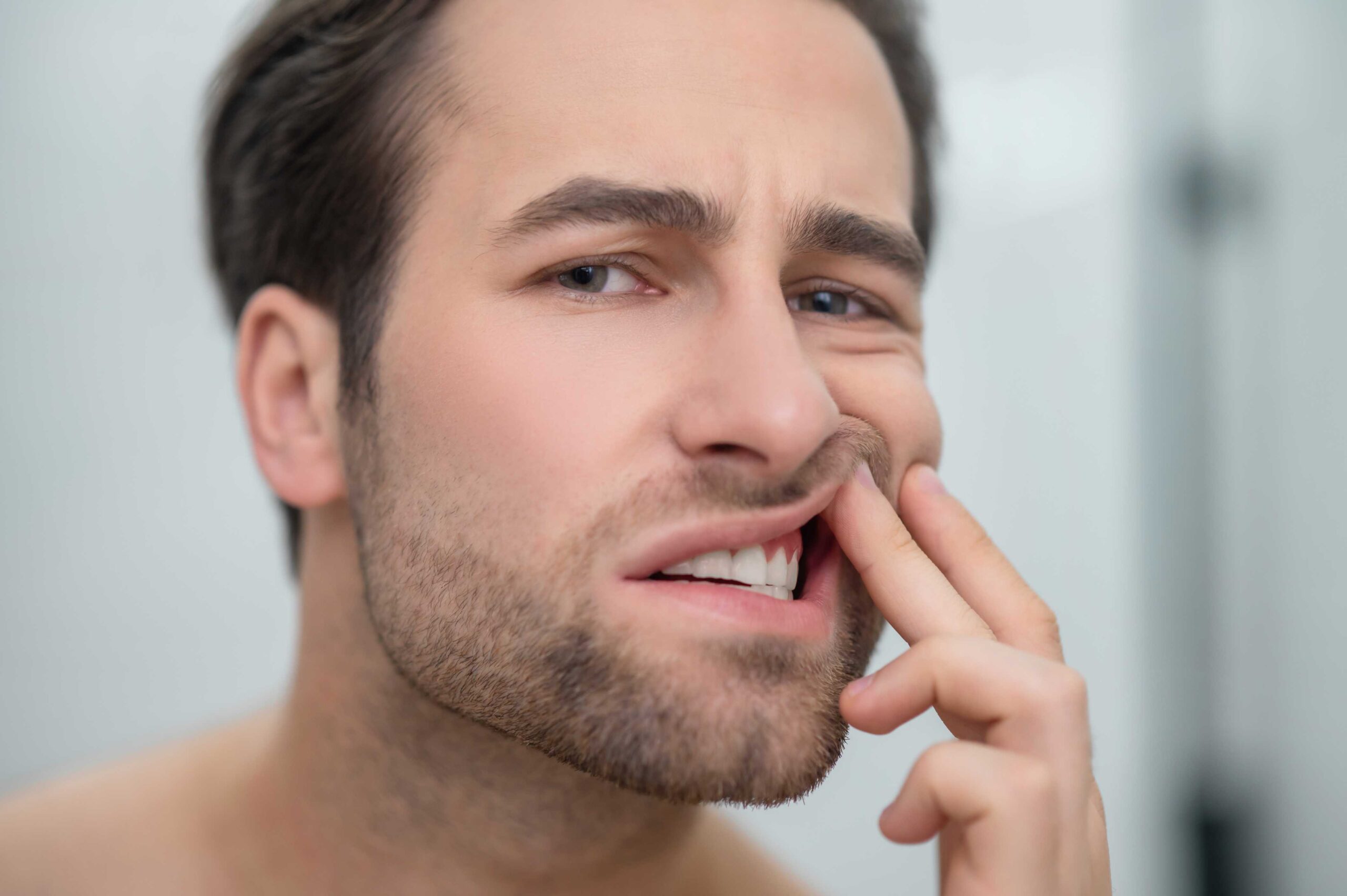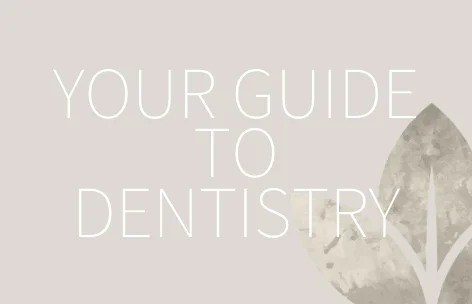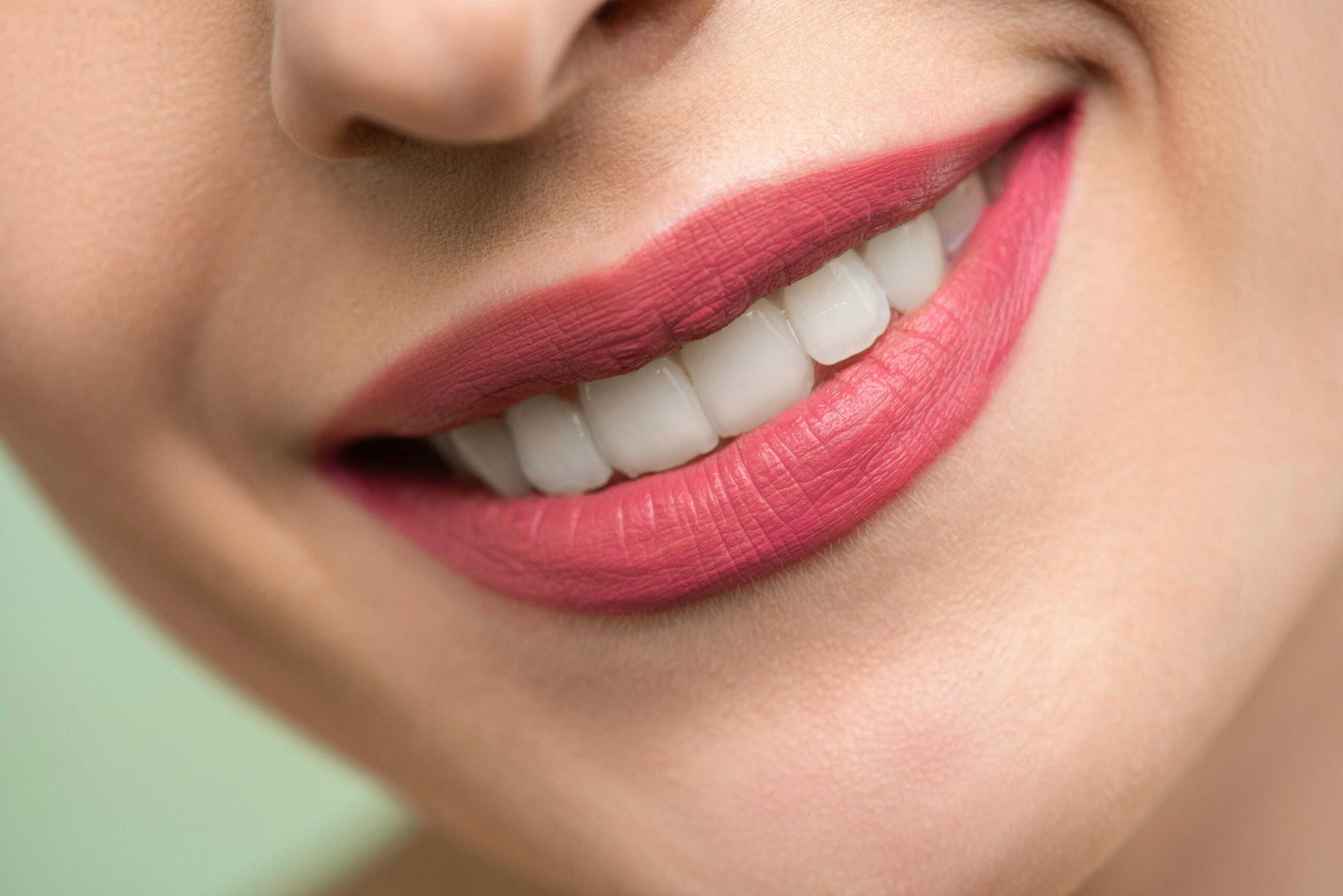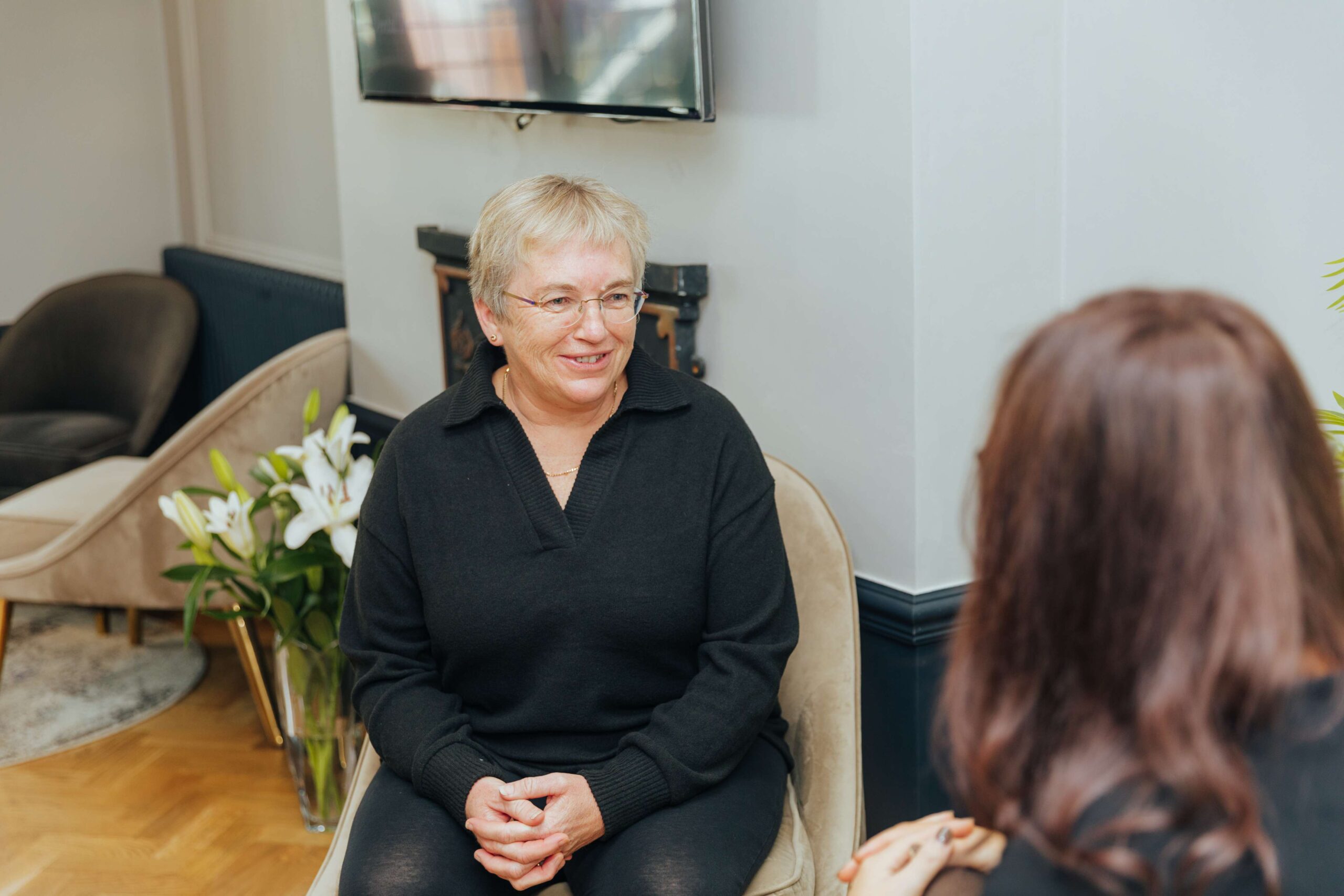Regular dental exams and cleanings are essential to that bright, white smile – but patients often want to know more about the cost and time required
How Often Should You Get an Airflow Stain Removal Treatment?
Regular dental exams and cleanings are essential to that bright, white smile – but patients often want to know more about the cost and time required for advanced stain removal. One such procedure gaining popularity is Airflow stain removal (also known as “Airflow Stain Removal Treatment”). But how often should you actually get it, especially if you live around Guiseley or nearby and what can you expect? Let’s dive in.
What Is an Airflow Stain Removal Treatment?
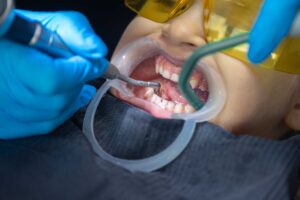
Before we talk frequency, let’s make sure we understand what Airflow stain removal really is.
- Airflow is a technology that uses a mix of compressed air, water, and fine powder (often sodium bicarbonate or glycine-based) to gently but effectively remove surface stains, plaque, and biofilm from your teeth.
- The powder-blasting effect is gentle on enamel and can reach into pits, grooves, and hard-to-access areas, making it a more thorough cleaning than a standard scale-and-polish.
- Because it’s non‑abrasive (or minimally abrasive), it’s suitable for many patients, even those with sensitivity, though your dentist will assess your suitability.
- Many dental practices in Guiseley, Leeds now advertise “Airflow Stain Removal Guiseley” or “Airflow Stain Removal Treatment Guiseley” in their services.
The result? Smoother, brighter teeth, a cleaner feel, and reduced microbial load. Because it goes beyond a regular hygiene appointment, patients often notice quicker whitening and a lasting “just cleaned” sensation.
Why Not Just a Regular Cleaning?
You might be thinking, “I already get my teeth cleaned every 6 months—why add this extra procedure?” That’s a fair question. The thing is:
- Traditional cleaning tools (scalers, polishers) are very effective at removing tartar and large deposits, but they can miss microscopic stains, biofilm, and pigmented particles lodged in enamel micro-irregularities.
- Also, the polishing pastes used in standard prophy cleans can be abrasive if used too frequently, potentially causing excessive enamel wear over time.
- Airflow complements regular cleaning by targeting what standard tools may miss, especially pigmented stains from coffee, tea, wine, tobacco, or certain foods.
Thus, the optimal approach is to combine them—scale and polish where needed, and sprinkle in Airflow treatments as maintenance boosters.
How Often Should You Get Airflow Stain Removal?
The ideal frequency for Airflow Stain Removal Treatment depends on several factors specific to you. There’s no one-size-fits-all prescription, but we can outline general guidelines and customizing factors.
General Guideline
A good rule of thumb is:
Once every 3 to 6 months for most patients who are generally healthy, maintain good oral hygiene, and do not have heavy staining habits.
Here’s how to interpret that:
- 3-month interval: For patients who are heavy tea, coffee, red wine, or smoking users—or those especially keen on aesthetics, the more frequent approach helps maintain brightness and prevents stain accumulation.
- 6-month interval: For lower-stain-risk individuals who have lighter diets, no tobacco use, good home care the 6-month mark may suffice. This aligns with the usual schedule for standard dental cleanings.
Risk-Based Adjustments
Your dentist might recommend more or less frequent treatments based on:
- Staining habits
If you habitually consume highly pigmented foods or drinks (coffee, tea, curries, red wine, dark sodas) or smoke, stains accumulate faster. In these cases, 3–4 monthly sessions can keep your smile looking its best. - Oral hygiene compliance
If you’re meticulous—brushing twice a day, flossing, using interdental brushes or water flossers—then stains will build up more slowly, meaning you might stretch out the interval. - Sensitivity or enamel condition
Some people have thin or sensitive enamel, or gum recession exposing root surfaces. For them, too-frequent interventions may cause discomfort. Your dentist will balance benefit with sensitivity. - Cosmetic goals
If you’re prepping for a wedding, photoshoot, or just want your teeth to look perfect continuously, more frequent touch-ups might be worthwhile. - Professional assessment
Some patients have “hidden” biofilm or microstains under the gum line or between teeth. Your dental hygienist might observe stain recurrence rates at each visit and recommend adjustments.
Also Read: Say Goodbye to Stains: The Many Advantages of Professional Teeth Whitening
Example Frequency Plans
| Patient Scenario | Suggested Airflow Frequency | Justification |
| Heavy coffee/tea drinker & smoker | Every 3 months | High stain build-up |
| Moderate staining diet, good home care | Every 4 months | Balanced approach |
| Light staining, excellent home care | Every 6 months | Enough to maintain brightness |
| Sensitive teeth / thin enamel | Once every 6 months or as tolerated | To avoid discomfort |
What Happens During an Airflow Session?

Knowing what to expect can help you commit to the recommended schedule.
- Examination & Charting
The hygienist or dentist first examines your mouth to note areas of stain, plaque, calculus, or sensitivity. - Pre-moistening
Your teeth are moistened with water to allow the powder spray to glide smoothly. - Airflow Treatment
The handheld Airflow nozzle directs a pressurised mix of air, water, and fine powder onto tooth surfaces. The operator works tooth by tooth, targeting areas where stains are prominent (front teeth, edges, fissures). - Rinsing & Suction
After each area, the mixture is rinsed away and suctioned out, removing loosened particles. - Polishing & Fluoride (optional)
In some practices, a gentle polish and fluoride varnish or gel might follow to further smoothen the enamel and offer remineralisation. - Post-check & Advice
The dental professional will check your results, record your stain level, and might advise on stain-prevention strategies.
The entire process usually takes 10–20 minutes, depending on stain severity and number of teeth.
Know more: Is Teeth Whitening Safe? A Dentist’s Perspective on Risks, Ingredients & Regulation
Benefits You’ll Notice (and Why Frequent Treatment Helps)
- Immediate Brightening: Many patients see noticeable improvement right away.
- Cleaner Feel: Your teeth feel remarkably smooth—free from the film or roughness you hadn’t noticed.
- Plaque & Biofilm Disruption: Airflow removes early biofilm before it mineralizes into calculus.
- Less Abrasion: Because it’s gentle, you risk less enamel wear compared to aggressive polishing.
- Longer Lasting Results: Stains are easier to manage when addressed early, so frequent treatment prevents deep staining.
- Better Confidence: A whiter smile boosts aesthetics, self-esteem, and overall satisfaction.
When you space treatments too far apart, stains can settle deeper, making them harder (though not impossible) to remove. Regular maintenance ensures easier cleanings and less strain on your enamel.
Is There Any Risk to Frequent Airflow?
While Airflow is regarded as safe and gentle, some caveats and precautionary notes are important.
- Sensitivity: A small fraction of patients may feel slight sensitivity after treatment, especially if enamel is thin or gums receded.
- Powder Particles: The fine powder is generally biocompatible, but for some people with respiratory issues or allergies, your dentist may avoid sodium bicarbonate and use a milder glycine-based powder in Airflow Stain Removal Guiseley clinics.
- Soft Tissue Irritation: The gum margin or soft tissues could feel abrasion if the nozzle is held too close or focused for too long trained operators manage this well.
- Enamel Wear: Overuse of any abrasive instrument is harmful; however, Airflow used sensibly at recommended intervals is considered safe for enamel and dentin surfaces.
- Cost & Time: Frequent sessions might strain budget or scheduling. Balancing benefit with practicality is key.
All in all, risks are minimal when performed by a trained hygienist or dentist in a proper dental clinic environment.
Local Considerations: Airflow Stain Removal in Guiseley
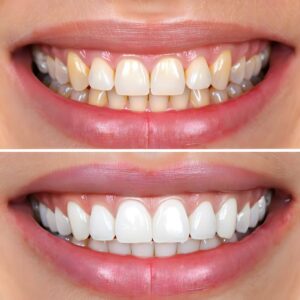
If you are in or around Guiseley (or nearby areas), here are specific local tips:
- When you search for a clinic, include keywords like “Airflow Stain Removal Guiseley” or “Airflow Stain Removal Treatment Guiseley”—this helps you locate providers that explicitly offer it.
- Ask prospective clinics how many years of experience they’ve had with Airflow systems, what powder they use, and how they tailor treatment frequency.
- Some clinics bundle the Airflow treatment as an add-on to standard hygiene appointments. Others keep it separate. Clarify cost, duration, and what’s included (polish, fluoride, exam).
- Try to pick a clinic that tracks your stain levels over time—so you can evaluate whether the frequency is working or needs adjustment.
How to Decide on Your Ideal Frequency
Here’s a roadmap to help you and your dentist decide how often you should get Airflow stain removal:
- Start at 4‑month intervals for your first year. This is a balanced starting point to observe stain recurrence.
- Monitor stain progression each visit—if staining returns quickly, shift to 3-month intervals; if minimal staining, stretch to 5–6 months.
- Reassess after 1 year: Your dental team can review how sustainable the frequency is, given your budget, time, and oral health.
- Be flexible: During times of more aggressive staining (vacations, more coffee, festive seasons), temporarily shorten the interval.
- Pair with excellent home care: Frequent flossing, brushing with a nonabrasive whitening toothpaste, and rinsing after pigment-rich foods/drinks will reduce stain pressure between visits.
- Use visuals: Take before/after photos; many dental practices in Guiseley, Leeds will document your smile progression over time. It’s motivating and revealing.
Over time, you’ll find a sweet spot where you maintain brightness, minimize sensitivity, and don’t overburden your schedule or budget.
Read more: Whitening Your Teeth Naturally: Does Charcoal, Coconut Oil, or Baking Soda Actually Work?
Sample Year Plan (for Many Patients)
- January: Routine exam + hygienist cleaning
- February / March: Airflow Stain Removal (Treatment #1)
- June: Airflow Stain Removal (Treatment #2)
- September: Airflow Stain Removal (Treatment #3)
- December: Final Airflow Stain Removal (Treatment #4)
This gives you roughly one treatment every 3 months. After a year, evaluate whether 4 treatments were helpful or if you could reduce it to just 3 (i.e. every 4 months) or even 2 (every 6 months), depending on how resilient your teeth are against re-staining.
How to Maximize the Longevity of Your Airflow Results
To stretch the time between treatments without letting stains creep back:
- Rinse after pigmented drinks: After coffee, tea, cola or wine, swirl plain water to remove superficial pigment.
- Straw or sip cautiously: Use a straw or drink faster to limit tooth contact with staining liquids.
- Delay brushing: If you’ve consumed acids (citrus, soda), wait 30 minutes before brushing to protect enamel.
- Use low-abrasivity toothpaste: Whitening pastes exist, but pick ones rated low on RDA (Relative Dentin Abrasivity).
- Chew fibrous produce: Vegetables like celery, raw apples can help scrub surfaces naturally.
- Quit or reduce smoking / vaping: Tobacco is one of the most potent stain generators.
- Maintain your hygiene appointments: Even with Airflow, you still need regular scaling and checkups.
If you pair solid home habits with your Airflow treatments, you may find you can push your next appointment a little farther out without losing that “freshly cleaned” feel.
Final Thoughts: What’s “Too Often” vs. “Not Enough”?
- Too often would be doing Airflow every month or less—it offers minimal additional benefit and may irritate soft tissues or increase sensitivity.
- Not often enough is waiting more than 9–12 months consistently—by then deep stains may become harder to dislodge and your enamel might get subjected to more aggressive polishing.
Hence the sweet spot for many is once every 3 to 6 months, adapted to your lifestyle, stain risk, and sensitivity. In Guiseley, seeking a provider offering Airflow Stain Removal Guiseley or Airflow Stain Removal Treatment Guiseley ensures you can access the tech locally and more frequently if needed.
If you are in Guiseley (or planning ahead), we welcome you at One Two Three Dental. Our expert team uses top‑of‑the‑line Airflow systems and personalized assessments to tailor your stain removal schedule. Get in touch today to book your initial consultation and brighten your smile—it’s time to keep stains at bay with confidence.
Call us now at One Two Three Dental and let’s plan your first Airflow Stain Removal Treatment toghttps://onetwothreedental.com/whitening-your-teeth-naturally-does-charcoal-coconut-oil-orether!



